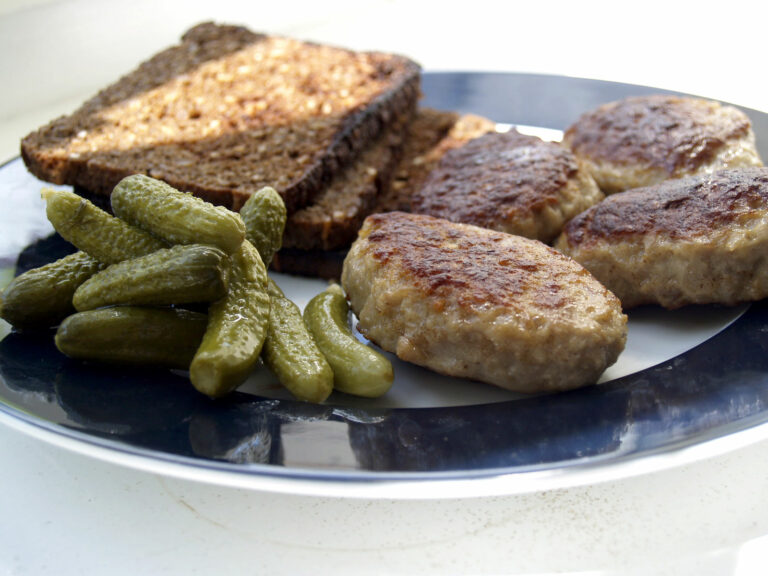Introduction: Danish cuisine and vegetarianism
Danish cuisine is heavily influenced by meat, fish, and dairy products, making it traditionally difficult for vegetarians and vegans to find options when dining out. Meat is often the centerpiece of a Danish meal, with side dishes made up of potatoes, vegetables, and gravy. However, with the rise of global awareness about the environmental and ethical implications of consuming animal products, Denmark has seen a growing interest in vegetarianism and veganism in recent years, leading to the emergence of new plant-based alternatives in Danish cuisine.
Traditional Danish dishes and their meat-based ingredients
Some of the most beloved traditional Danish dishes include Smørrebrød (open sandwiches), Frikadeller (meatballs), Flæskesteg (roast pork), and Stegt Flæsk (fried pork belly). These dishes are typically made with meat-based ingredients, making them unsuitable for vegetarians and vegans. However, it is possible to modify some of these dishes to be vegetarian-friendly by replacing the meat with plant-based proteins such as tofu, tempeh, or seitan, or by using mushrooms as a meat substitute.
Vegetarian options in Danish cuisine: what to look for
Despite the traditional emphasis on meat, there are still some vegetarian options available in Danish cuisine. For example, many Danish restaurants offer a vegetarian version of Smørrebrød, which is a popular lunch option. Vegetarian Smørrebrød can include toppings such as pickled beets, smoked cheese, avocado, and hummus. Additionally, many Danish restaurants offer vegetarian options for their main courses, such as pasta dishes or vegetable stir-fries.
Vegan options in Danish cuisine: challenges and alternatives
Vegan options are still somewhat limited in Danish cuisine, as dairy products are a common ingredient in many traditional dishes. However, with the growing demand for plant-based alternatives, there are now more options available for vegans in Denmark. For example, many restaurants offer vegan versions of Smørrebrød made with plant-based cheeses or spreads. It is also possible to find vegan options for main courses, such as lentil stews or tofu scrambles.
Danish pastry and vegetarian/vegan alternatives
Danish pastries, or Wienerbrød, are a beloved Danish treat that often contains butter and eggs. However, there are now many vegan bakeries in Denmark that offer plant-based alternatives to traditional Danish pastries. These vegan pastries are typically made with plant-based butter and egg substitutes, making them suitable for vegetarians and vegans.
Danish open sandwiches: a vegetarian’s dream
Smørrebrød, or Danish open sandwiches, are a staple of Danish cuisine and can be found in many restaurants and cafes throughout the country. Vegetarians can enjoy Smørrebrød made with toppings such as smoked cheese, pickled beets, and avocado. Additionally, there are now many vegan options available for Smørrebrød, such as spreads made from plant-based ingredients like chickpeas or lentils.
New trends and innovations: plant-based cuisine in Denmark
Denmark has seen a rise in plant-based cuisine in recent years, with many chefs experimenting with new ingredients and techniques to create delicious and innovative vegetarian and vegan dishes. The Danish government has also taken steps to promote plant-based eating, such as launching a campaign to encourage Danes to eat more vegetables and reducing the amount of meat served in public institutions.
Conclusion: the future of vegetarianism in Danish food culture
While traditional Danish cuisine is heavily meat-based, there are now more options than ever for vegetarians and vegans in Denmark. With the rise of plant-based cuisine and increased awareness of the environmental and ethical implications of consuming animal products, it is likely that vegetarianism and veganism will continue to grow in popularity in Denmark. As the demand for plant-based options increases, we can expect to see even more innovative and delicious vegetarian and vegan dishes in Danish cuisine.

